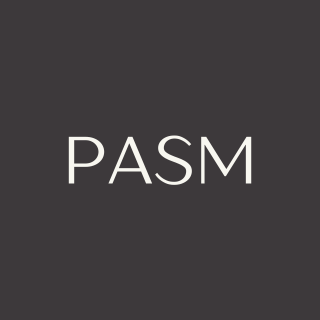CNC machines are available in Kuwait, but they’re not widely used for several reasons. At PASM, we aim to explain why this is the case, offer practical solutions, and guide you through how to get started.
As PASM works to provide CNC services locally, we welcome you to learn, collaborate, and benefit. Since most of the work will be done by you, this creates a great opportunity for increased profit and hands-on involvement.
If you’re not interested in handling the CNC process yourself, that’s perfectly fine. Just share an image or an idea with us, and PASM will ensure you receive the highest quality results—on time and at competitive prices.

CNC
CNC stands for Computer Numerical Control. There are many examples of CNC machines, such as laser engravers, 3D printers, and milling machines, but the term ‘CNC’ is most often used to refer to machines that use a router.
How CNC Machines Work
CNC machining is a more complex process compared to laser cutting, engraving, or 3D printing. With laser machines, you can simply import an image or 2D design, adjust the power settings based on the material, and start the job. Similarly, 3D printing is straightforward—you upload a 3D model, whether you’ve designed it yourself or downloaded an STL file, and the slicer software generates the necessary G-code for printing. In contrast, CNC machining requires more detailed preparation, including toolpath creation, selecting cutting tools, and fine-tuning settings like spindle speed and feed rate based on the material and desired result.
Working with a CNC machine isn’t impossible—in fact, it can be quite manageable, especially with 3-axis machines. So, let’s begin by understanding how CNC machines work.
- Drawing (CAD)
- Creating the G-code (CAM)
- Set your staring point
- start the Job
Drawing (CAD)
To generate your drawing, you can use AutoCAD, SolidWorks, Fusion 360, and many other software programs. After completing the drawing, it is recommended to export the file as a DXF format, as it preserves the dimensions accurately.
Creating the G-code (CAM)
The generation of G-code, which defines the toolpath, is based on the drawing and can be done in two main ways. One option is to generate it directly within design software such as Fusion 360 or SolidWorks, which have built-in CAM capabilities. Alternatively, you can export your design as a STEP file for 3D models or a DXF file for 2D models and then import it into a separate CAM program to create the G-code required for the CNC machine. Some commonly used G-code generators are:
- MakerCAM
- VCarve
- Easel
Setting Starting Point
Setting the starting point (also known as zeroing) can be done through the CNC machine’s controller or via a computer when the machine is connected through USB or Wi-Fi. There are two common methods for setting the zero point:
Manual Zeroing: Move the router manually to the desired corner of the workpiece (usually the bottom-left) and align the Z-height by lowering the tool until it just touches the surface.
Using a Probe: A touch probe automatically detects the edges and surface of the material to set the X, Y, and Z zero positions accurately
Start the Job
Starting the job is the most exciting part, where you watch layers being removed and your design transition from digital to the real world. However, it’s crucial to follow safety protocols during this process. Always wear safety glasses and avoid placing your hands near the machine, as it cannot differentiate between your hand and a piece of wood. Safety is paramount. Finally, after the machining is complete, post-processing is required, which may involve sanding and applying varnish to your pieces.
PASM will continue posting blogs and creating videos on how to use CNC machines, with the aim of increasing CNC knowledge in Kuwait. This is a growing field and can be very cost-effective for designing your own furniture. If you’re considering purchasing a machine but have doubts or lack the space, you can easily send your files to PASM, and the final product will be in your hands in no time. PASM will also share designs and final products for sale, and you can join by sharing your ideas or selling through our platforms and workshop. Happy CNCing!
